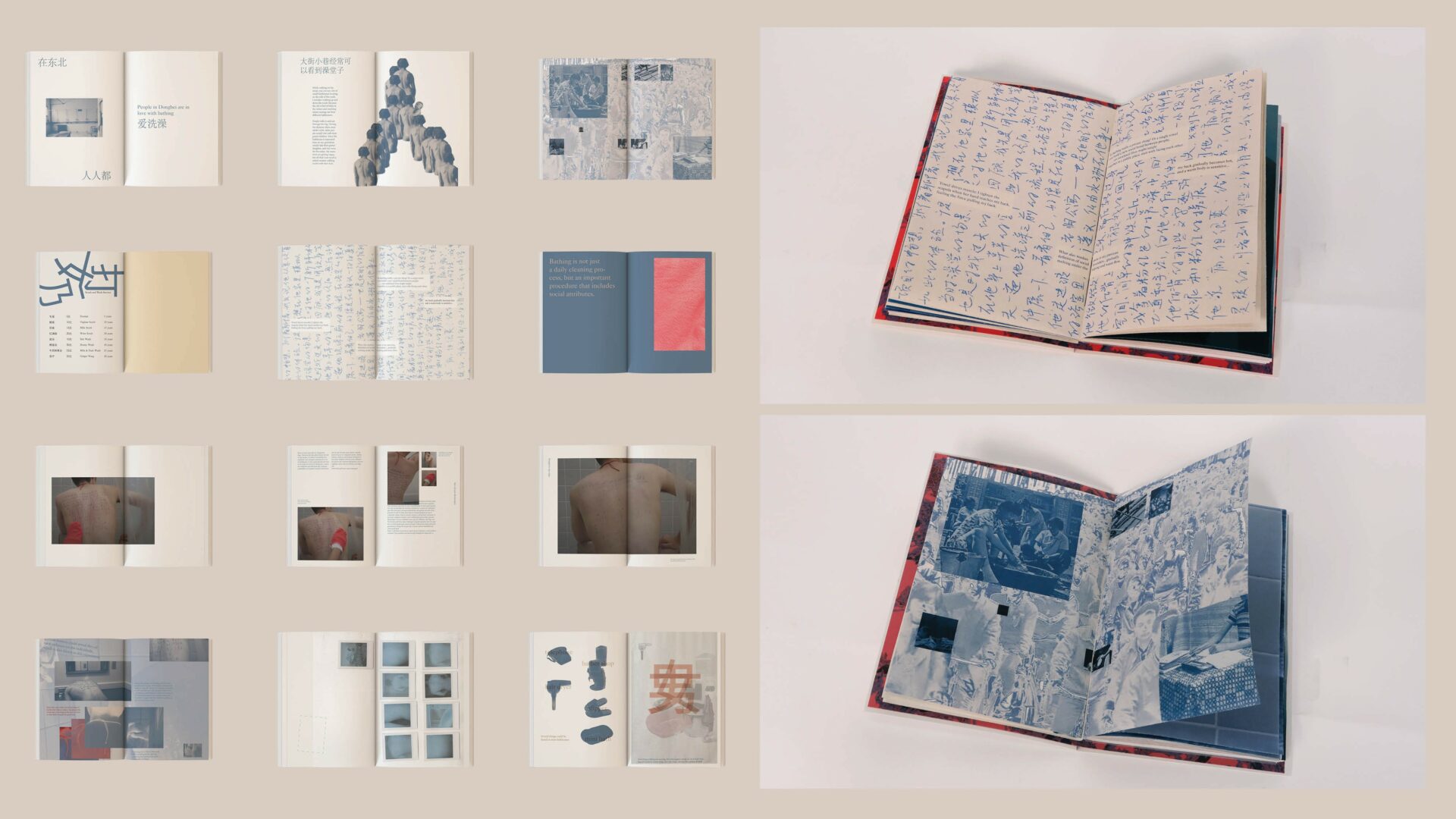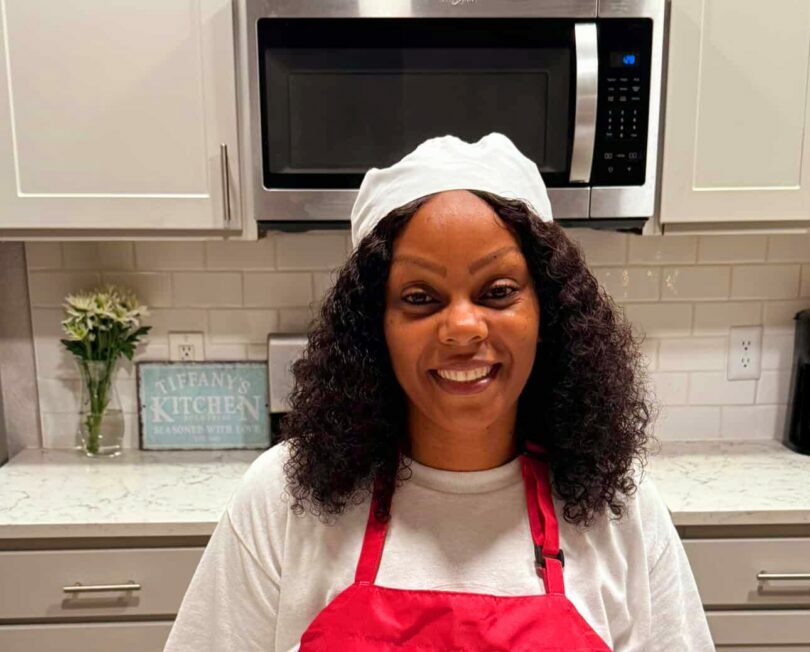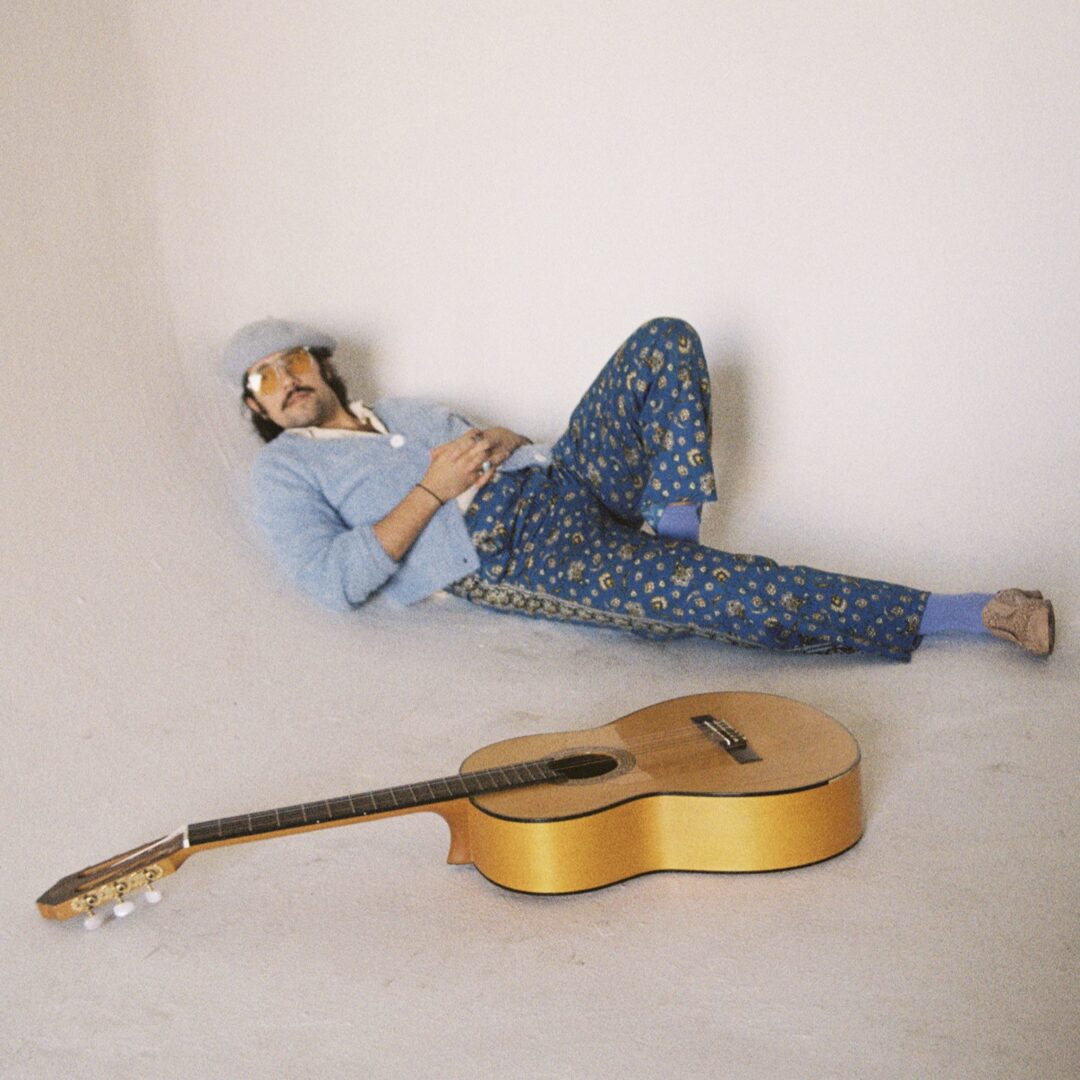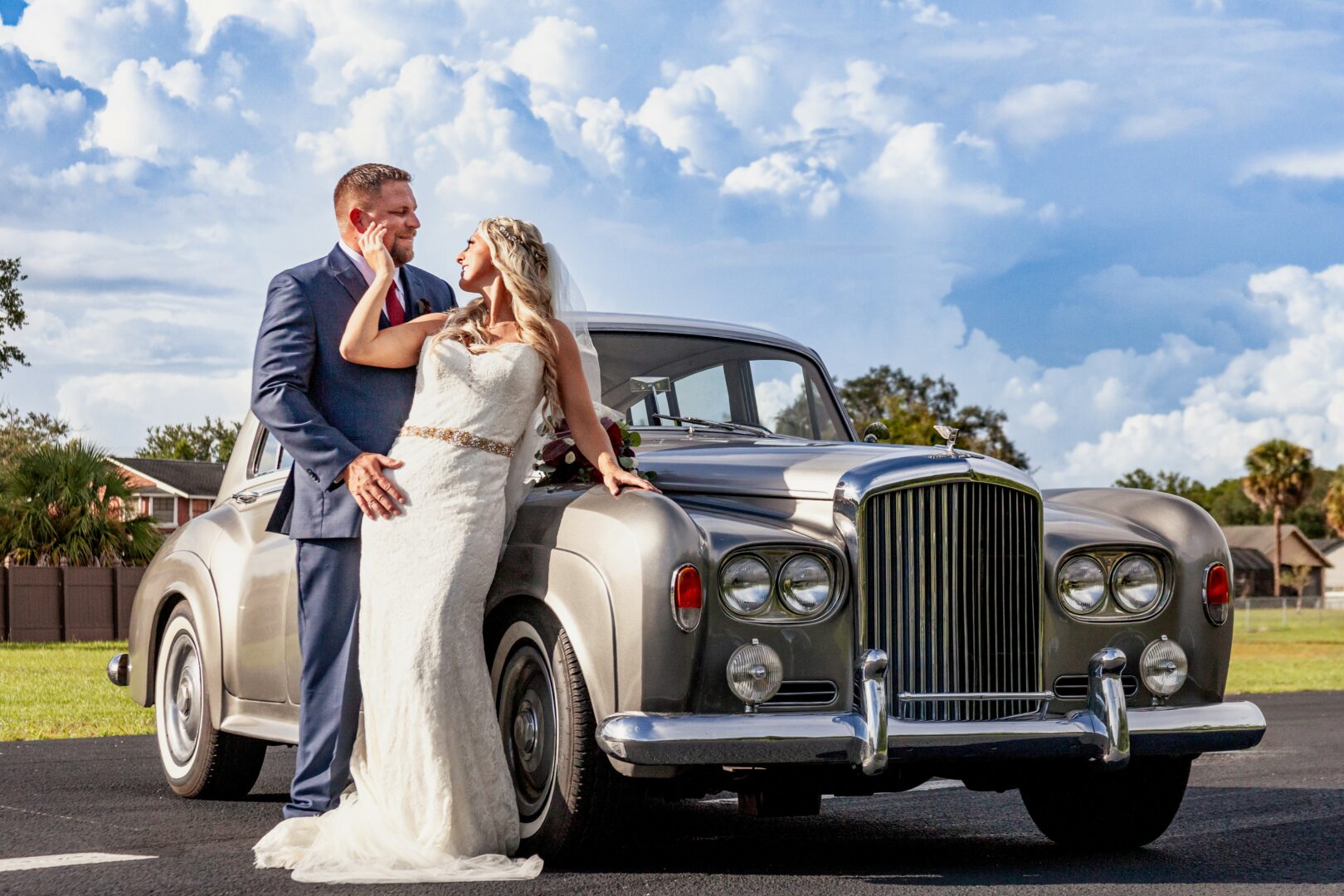Alright – so today we’ve got the honor of introducing you to Lan Wang. We think you’ll enjoy our conversation, we’ve shared it below.
Hi Lan, really happy you were able to join us today and we’re looking forward to sharing your story and insights with our readers. Let’s start with the heart of it all – purpose. How did you find your purpose?
Beginning as a student majoring in Illustration in MICA, I used to only focus on visual narritives. As I delved deeper into the study of oil painting and illustration, I discovered that my work was more for personal enjoyment. Although my undergraduate works resonated with those around me and were understood, I did not want to stop there. I wanted to explore more possibilities to stimulate broader thinking among the masses. During an internship at an art gallery in Beijing, I realized that exhibition promotional posters and materials had a broader and faster reach than the exhibition pieces themselves. Graphic design, as a medium, conveyed more abstract art to people who might not have understood these works. So, I began learning graphic design and incorporated my previous understanding of illustration and oil painting into it. Even though I transferred majors very often, those skills I studied not only broadened my artistic horizons but also deepened my understanding of the emotional resonance of design.
One pivotal moment in my artistic journey was my senior thesis project, “Through the Vase,” which was deeply inspired by my own emotional experiences. In an era marked by increasing levels of mental illness, my aim was to use my art to address the psychological challenges faced by contemporary individuals. This project involved designing four interactive vases that tackled issues related to mental health, particularly panic attacks. In the process, I also used laser cutting methods that I learned when studying oil painting and other techniques I learned in illustration courses. I merged and combined my skills and experiences that might be disassociate with graphic design in to this thesis piece. In the opening of the thesis exhibition, some managers in the psychology groups talked with me, saying that they would like to consider using my works as a prototype for art therapy tools. Those conversations are so encouraging that they give me confidence of my passion. It was during this project that I fully embraced my purpose as an artist, using my creations to alleviate psychological burdens and spark conversations about mental health.
Thanks, so before we move on maybe you can share a bit more about yourself?
After the pandemic, many things happened in the world. People are separated and some of them are trying to reconnect and regather. I joined a psychological platforms 2 years ago talking to people remotely. I was playing a role as listener and counselor, giving them emotional support and advices. During these moments of talking with my clients and self reflecting. I found my purpose as an artist through a profound realization of the emotional impact of visuals and their potential to drive change. Over the years, I’ve come to understand that humans have an innate tendency to connect their experiences with emotional responses, and the visual elements in our surroundings play a pivotal role in shaping how we interpret and navigate the world. This realization was a significant turning point in my artistic journey, leading me to focus on the power of effective visual communication.
Currently, I am continuing my design education at SVA MFAD. I hope that my designs can serve as a platform for conveying information or can be artworks themselves. In this program I learned more aspects of designs such as branding, packaging, and UI. I am very excited to embark on a new journey, unfurling all the knowledge and ideas I’ve acquired in a new horizon. This is also my first time living in New York, which is vastly different from the cities I’ve previously resided in. Here, I’ve encountered people who are entirely different from me, and through our interactions, I’ve gained insights into their lives. These fascinating experiences have not only filled me with imagination as a designer but as an individual for the future.
Looking back, what do you think were the three qualities, skills, or areas of knowledge that were most impactful in your journey? What advice do you have for folks who are early in their journey in terms of how they can best develop or improve on these?
Adaptability has played a crucial role as I transitioned from focusing on illustration to exploring oil painting, graphic design, and even counseling. Embracing change and being open to new experiences allowed me to expand my horizons and gain a deeper understanding of different aspects of the art world and human emotions. For those early in their journey, I recommend staying open to change and actively seeking new experiences. Be willing to explore different areas within your field of interest. This adaptability can lead to a more well-rounded skill set and a broader perspective. I believe observation and thinking comes before creation and expression. Only when I digest and interpret a concept, I could start to make it real.
Empathy has been vital in my journey, especially during my experience as a listener and counselor. Understanding and connecting with people on an emotional level not only helped me provide support but also influenced my artistic work by allowing me to create designs that resonate with people’s feelings and experiences. Cultivating empathy is a valuable skill for artists. To develop or improve empathy, actively engage with people from diverse backgrounds and listen to their stories. This will not only enhance your artistic work but also make you a more compassionate and understanding artist.
Interdisciplinary learning is actually a surprise for me since I’ve never thought myself being in many fields. I was moving between various artistic disciplines, from illustration to oil painting to graphic design. This interdisciplinary approach allowed me to draw from different areas of knowledge and skillsets, enriching my creativity and broadening my perspective. Early in your journey, don’t limit yourself to a single discipline. I also appreciate my art education experience. My undergraduate school MICA provides me chances and resources that allow me to look beyond. Explore different aspects of one field and even related fields. Learning from diverse sources can provide you with a well-rounded foundation and the ability to approach challenges from multiple angles.
Looking back over the past 12 months or so, what do you think has been your biggest area of improvement or growth?
Over the past year, I found myself entangled in struggles and self-doubt. Graduating from undergraduate studies brought about a constant sense of anxiety. The uncertainty about my future weighed heavily on me. Given my involvement in various fields, I found it challenging to decide which path to pursue. After nearly a year of exploration and reflection, I gradually shifted my focus from grand ideals to self-introspection.
My most significant growth wasn’t in achieving milestones in the field of art but in understanding and getting to know myself better. As an individual, I have many aspects that cannot be changed and numerous decisions that need to go with the flow. I slowly realized that understanding oneself is fundamental to understanding society, and self-awareness is reflected in one’s work. I learned to be honest with myself and honest about my work. I embraced every flaw and imperfection in myself and my creations.
I believe that art, design, and life are closely tight together, and my emotions and attitudes will always manifest in my work. Therefore, I am delighted with the deepening of my self-understanding over the past year. This is only the beginning, and in the journey ahead, I will continue to practice self-exploration and self-discovery to create more grounded pieces.
Contact Info:
- Instagram: https://www.instagram.com/lanternwaterproof/
- Linkedin: https://www.linkedin.com/in/lan-wang-56b528259/








Image Credits
Annan Jiang




